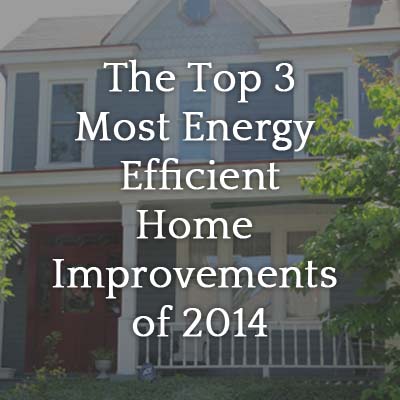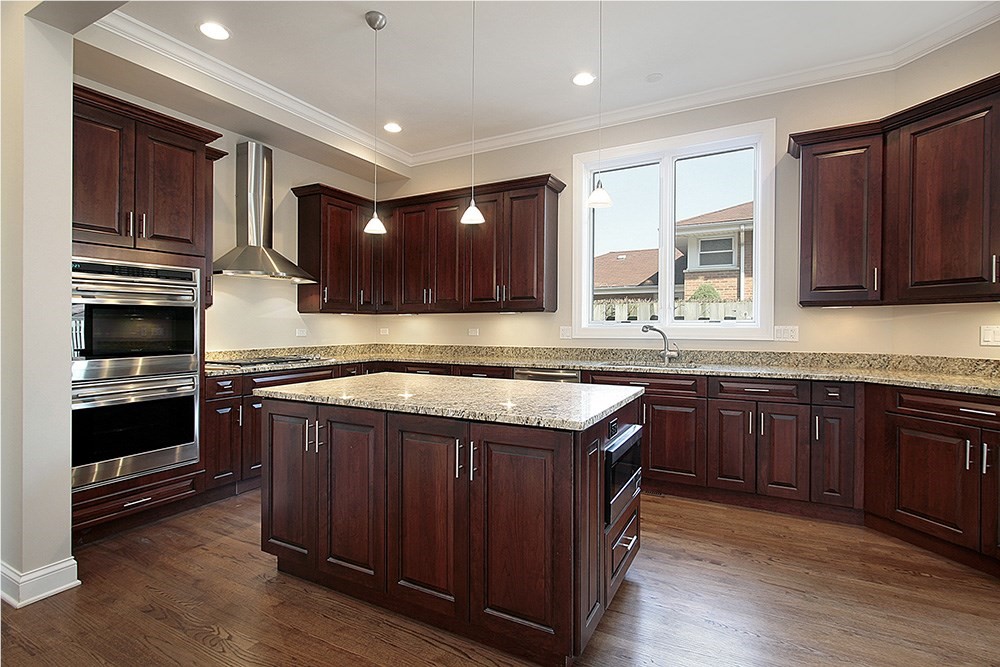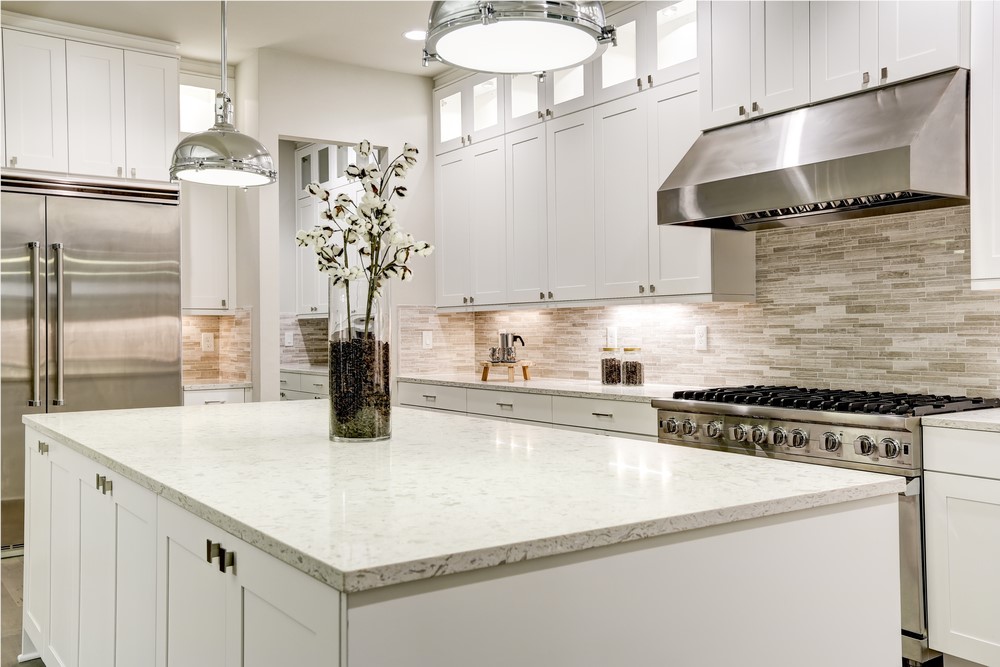 Roughly 50% of your energy use goes towards space heating and cooling your home. With such a large amount of money being spent on this area, increasingly more people are starting to prioritize energy efficiency in their home improvement projects.
Roughly 50% of your energy use goes towards space heating and cooling your home. With such a large amount of money being spent on this area, increasingly more people are starting to prioritize energy efficiency in their home improvement projects. This way you not only get the visual appeal of a new look, but you also get the benefit of cutting a portion off of your energy bill.
The idea of replacing a door or window and seeing a significant reduction in your energy expenditure may seem a little farfetched, but the impact is significant and real.
Properly sealing air leaks and installing insulation that is appropriate for your climate are simple changes that form the basic steps of improving home energy-efficiency.
If you want to discover the least energy efficient areas of your home, the Department of Energy recommends that you conduct a home energy audit. During a home energy audit, a certified professional technician performs a comprehensive inspection to check for leaks, examine insulation, and diagnose where energy is escaping.
After a home energy audit, you will know exactly which changes will return the most value. Estimates state that making the recommended changes will lower energy expenses anywhere from 5-30%. When you consider that your project will also introduce an updated look to your home, the benefits of an energy efficient home improvement project are hard to pass up.
Here are the top three energy efficient home improvement projects of 2014 that you might be interested in making for yourself in 2015.
1. Windows
There are a surprising number of elements that impact the energy efficiency of windows. When replacing windows you should consider the number of glass panes, emissivity, the spacer, and the type of glass between the panes. A knowledgeable window provider should be able to walk you through the different benefits of window options. You will also want an experienced installer.Proper installation is vital to maximizing energy efficiency. An improperly installed window can negate some of the benefit of upgrading.
2. Residing
Residing your home is a great way to spruce your home’s exterior. One of the biggest influences on what first impression your home provides, new siding can also improve a home’s energy performance. A quick conversation about which siding options will perform best in your climate with a siding professional can help you find a solution that will work out best to improve your home’s style and energy performance.3. Replacing or Properly Installing Doors
Similar to windows, doors are another area that is prone to drafts and leaks. In the past year many homeowners have improved their energy performance by changing or ensuring that their doors are properly installed. If you aren’t ready to make the financial commitment to replace your windows or siding, replacing doors can be a cheap option to find some energy savings.If you undertook one of these projects in the past year, you are already know the benefits they create. If you haven’t, 2015 could be the perfect time to make a decision that could improve your home’s energy performance.Subscribe to Legacy Remodeling's Blog











Comments